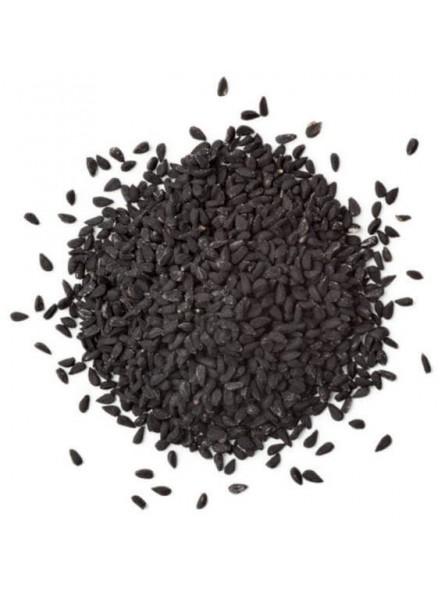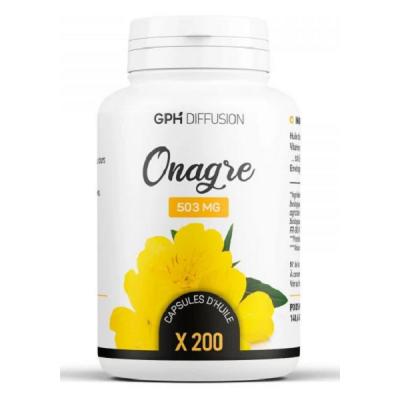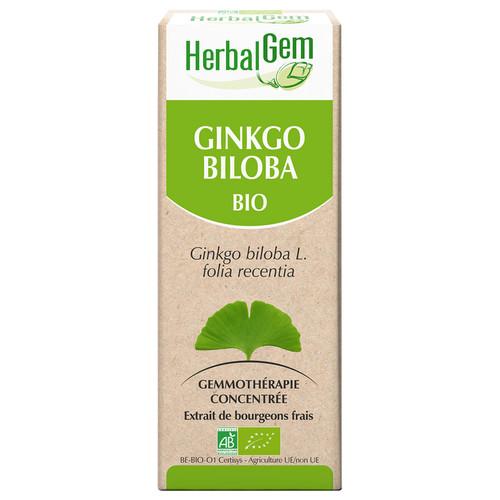Multiple sclerosis is a complex disease. It often occurs in young adults between the ages of 18 and 40, when the immune system attacks the central nervous system(1). It's an autoimmune disease. The body attacks the body. The nerve sheaths, called myelin, are eaten away by the attacks, causing lesions that doctors initially called "plaques"(1). In France, 120,000 people are affected, and today's medicine has little to offer(1). There are, however, natural solutions that can help patients.
Sclerosis plate : les graines de nigellea well-known Middle Eastern remedy
These seeds (Nigella Sativa) are also known as black cumin or pepperette(2). Their therapeutic virtues have long been appreciated throughout the Mediterranean region(3). It was part of the Carolingian pharmacopoeia(4). The plant's names vary from region to region and from era to era. Other names include: herbes aux épices, cheveux de Vénus, fleur de Sainte Catherine, herbe ou barbe des capucins, patte d'araignée, cheveux d'ange, barbiche ou nielle(5).
It is a powerful plant, traditionally used as an emmenagogue, i.e. to stimulate the onset of the menstrual cycle(5). But it is also antiseptic, antioxidant, neuroprotective and anti-inflammatory(6,7).
A 2012 thesis carried out at the université de Lorraine listed all these properties, confirming the potential interest of this plant in MS(7).
All these virtues indicate that black cumin seeds could limit the effects of relapses in relapsing-remitting MS, the most common form of the disease (85%)(6).
In this form, the disease progresses in staggered attacks over time(1).
Other patients have progressive MS from the outset(1).
However, to the best of my knowledge, there is no scientific evidence that black cumin slows the progression of MS. On the other hand, it may alleviate certain symptoms without causing side effects. Black cumin's antioxidant powers have been demonstrated in mice(6).
And some scientists believe it could be beneficial for MS(6,7). But this hypothesis remains to be confirmed.
Multiple sclerosis: L’onagrenight beauty fights inflammation
Scientists call it Oenothera biennis but in the Muslim world, it's known as the "adhan flower"(8,9). And indeed, this flower opens at dusk, just as the call to prayer is sounded in some Muslim countries.
In France, it was known as evening primrose, belle de nuit or donkey grass(5), and, like nigella, is known to help with pre-menstrual disorders(5).
It is also anti-inflammatory, which is why it is recommended for rheumatoid arthritis(5,8,9).evening primrose seed oil in particular is very beneficial. It is often used to treat eczema, psoriasis, scabies, pruritus or dry skin(5,8,9).
It is also indicated for moderating autoimmune disorders, and may slow relapses in relapsing-remitting MS or reduce their effects(10).
Sclérose en plaque : le ginkgo biloba, l’élégance et la beauté au service de la santé
This elegant tree, which can reach 40 metres in height, is also an extraordinary therapist(5). It is sometimes called the silver apricot tree, the tree of forty écus, the tree of heaven, the tree of life or the Japanese walnut(5). Surprisingly, unlike other medicinal plants, ginkgo biloba has not been used for such a long time(12,13). It has been ignored by Chinese pharmacopoeia for millennia.
In Asia, where the tree originated, only the kernel was eaten. It was used in cooking, but not as a therapeutic remedy.
It was from a medical treatise by Li Shizhen, a renowned 16th-century Chinese physician and herbalist, that Asian therapists became interested in ginkgo biloba. This monumental text is called the Běncǎo Gāngmù(12).
And Europe followed a little over a century later, when a Dutch doctor, Engelbert Kaempfer, discovered it in Japan(12). It's a fascinating tree with a lifespan of at least 1,000 years. Some specimens over 3,000 years old are said to still be alive in China. Herbalists and phytotherapists are interested in its leaves. They are dried and then consumed as herbal tea, powder or capsules(5).
Ginkgo biloba facilitates the supply of oxygen to tissues by the blood. It is excellent for preventing thrombosis and atherosclerosis(5). It promotes blood circulation in the brain and extremities. It is good against dizziness and cellular aging(5). It is used against cold hands and feet. But it's also an excellent anti-inflammatory(5,14). In any case, it's because of this quality that researchers wanted to test it in the accompaniment of MS(15).
A 2006 study compared two groups of patients, one taking 240 mg of ginkgo biloba leaves a day (4 x 60 mg capsules), the other taking nothing in particular. Overall, the ginkgo biloba group was less tired, less anxious and experienced a slight reduction in symptoms(15).
It's not a cure, but it's still something!
Sources :
https://www.inserm.fr/dossier/sclerose-en-plaques-sep/
https://amoseeds.com/blogs/guide-phytotherapie/nigelle
https://www.dieti-natura.com/plantes-actifs/nigelle.html
https://guidedesplantations.fr/plantation/nigelle-cultivee/#
Michel Pierre, les plantes du bien être, éditions du Chêne, 2014
https://www.sciencedirect.com/science/article/abs/pii/
https://hal.univ-lorraine.fr/hal-01732692/document
https://www.aromatiques.fr/medicinales/491-onagre
https://www.compagnie-des-sens.fr/huile-vegetale-onagre/#
https://www.sciencedirect.com/topics/immunology-and-microbiology/oenothera-biennis
http://www.lesarbres.fr/ginkgo.html
https://www.promessedefleurs.com/arbustes/coniferes/coniferes-par-variete/ginkgo/ginkgo-biloba-arbre-aux-quarante-ecus.html
https://www.passeportsante.net/fr/Solutions/PlantesSupplements/Fiche.aspx?doc=ginkgo_biloba_ps
https://pubmed.ncbi.nlm.nih.gov/16781604/






